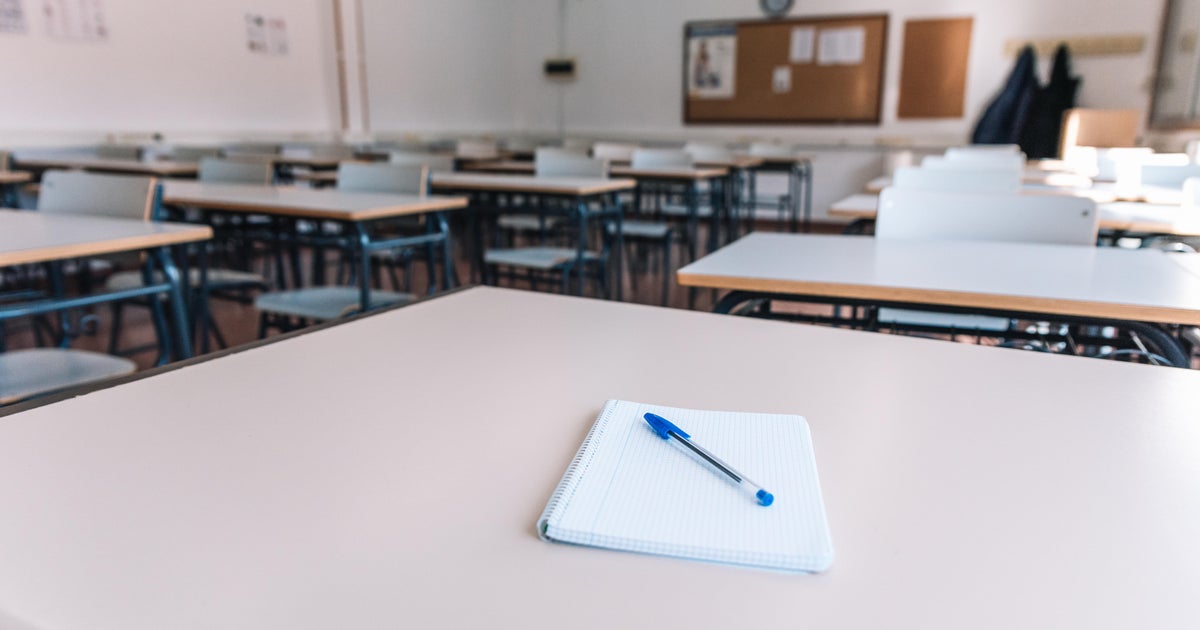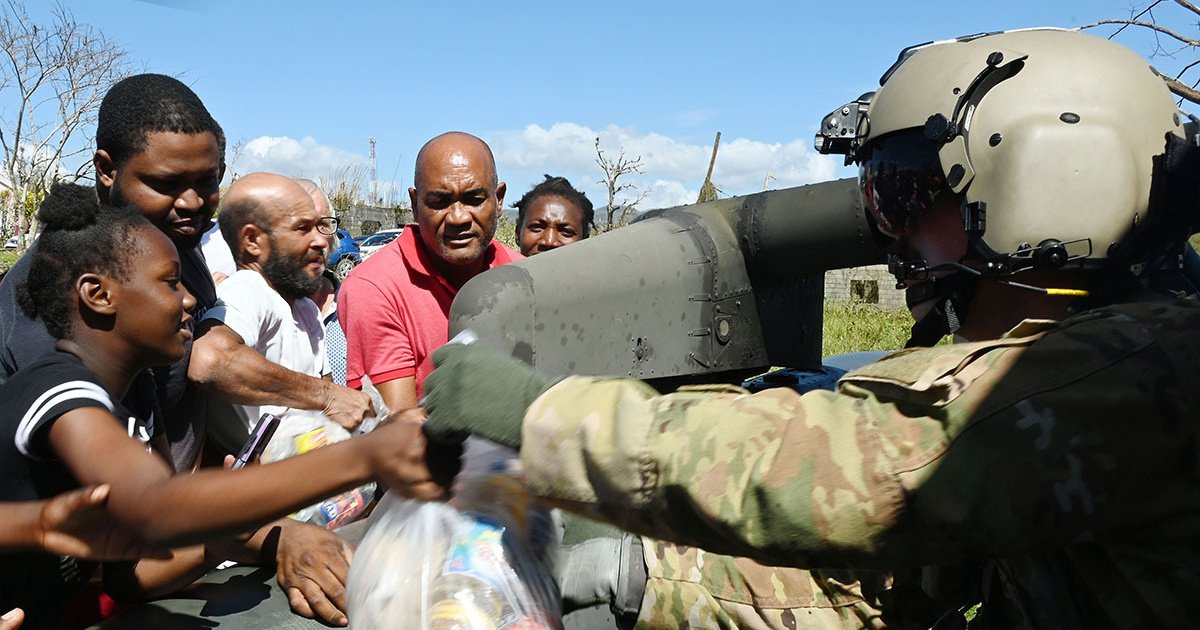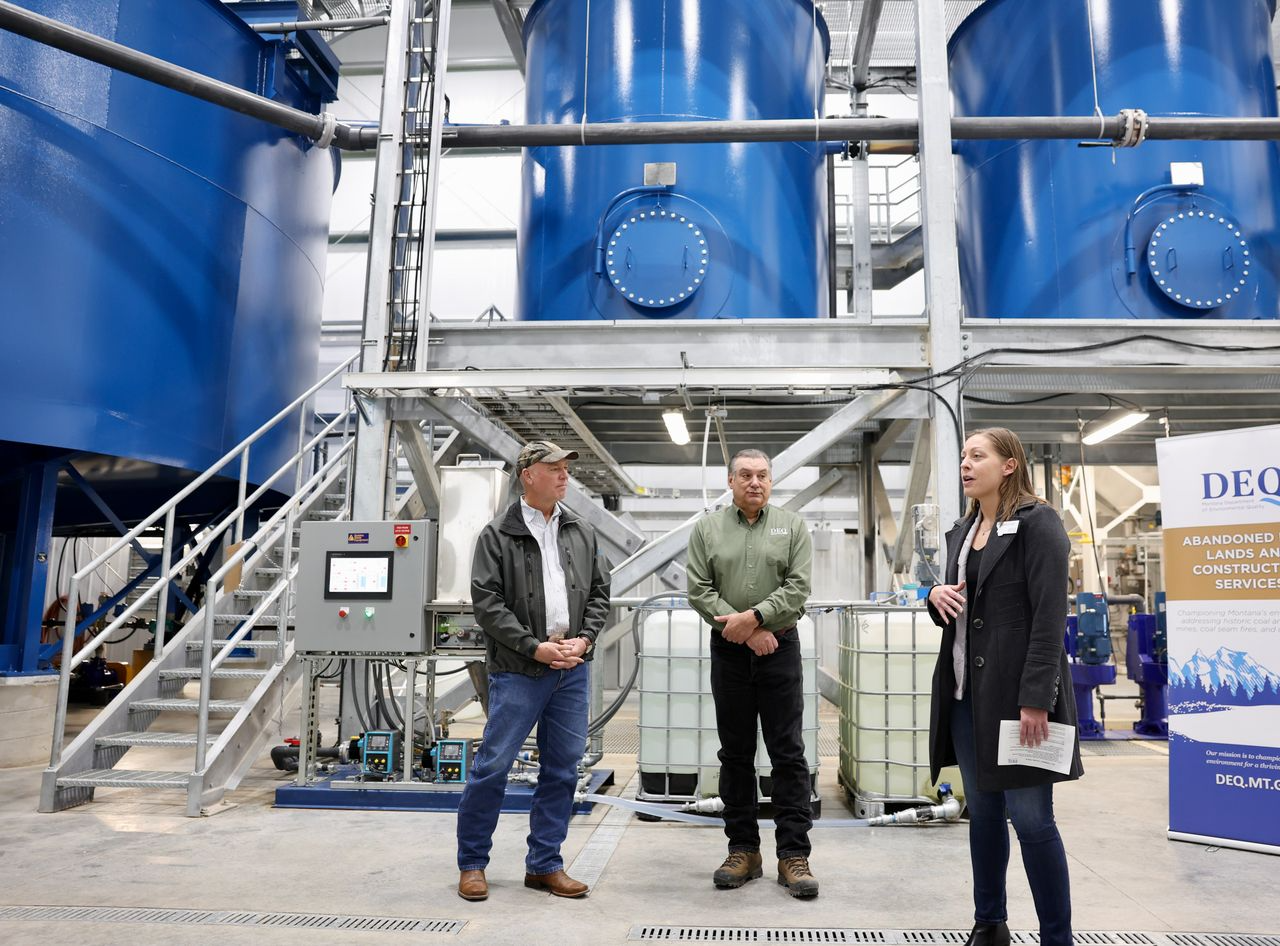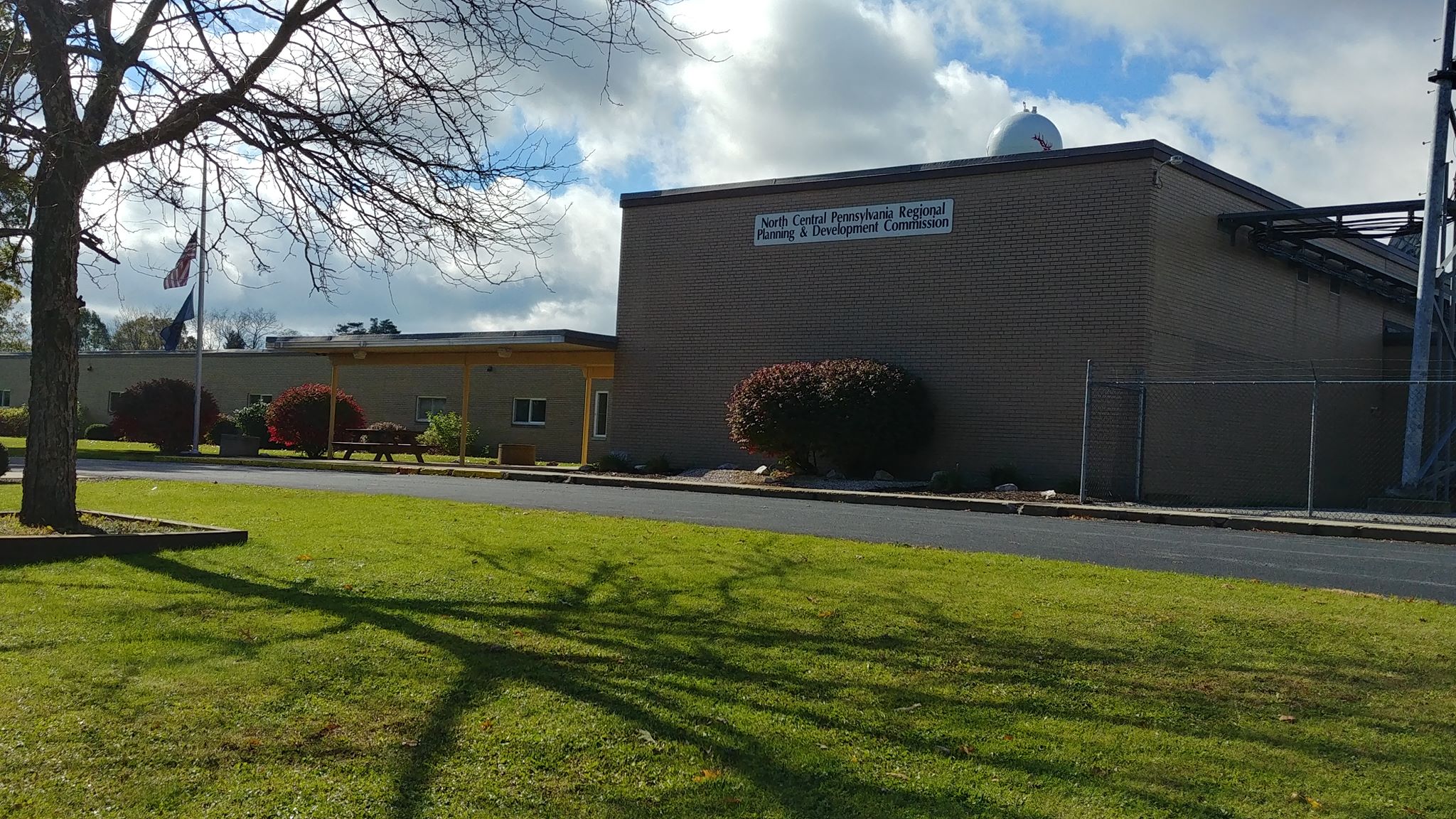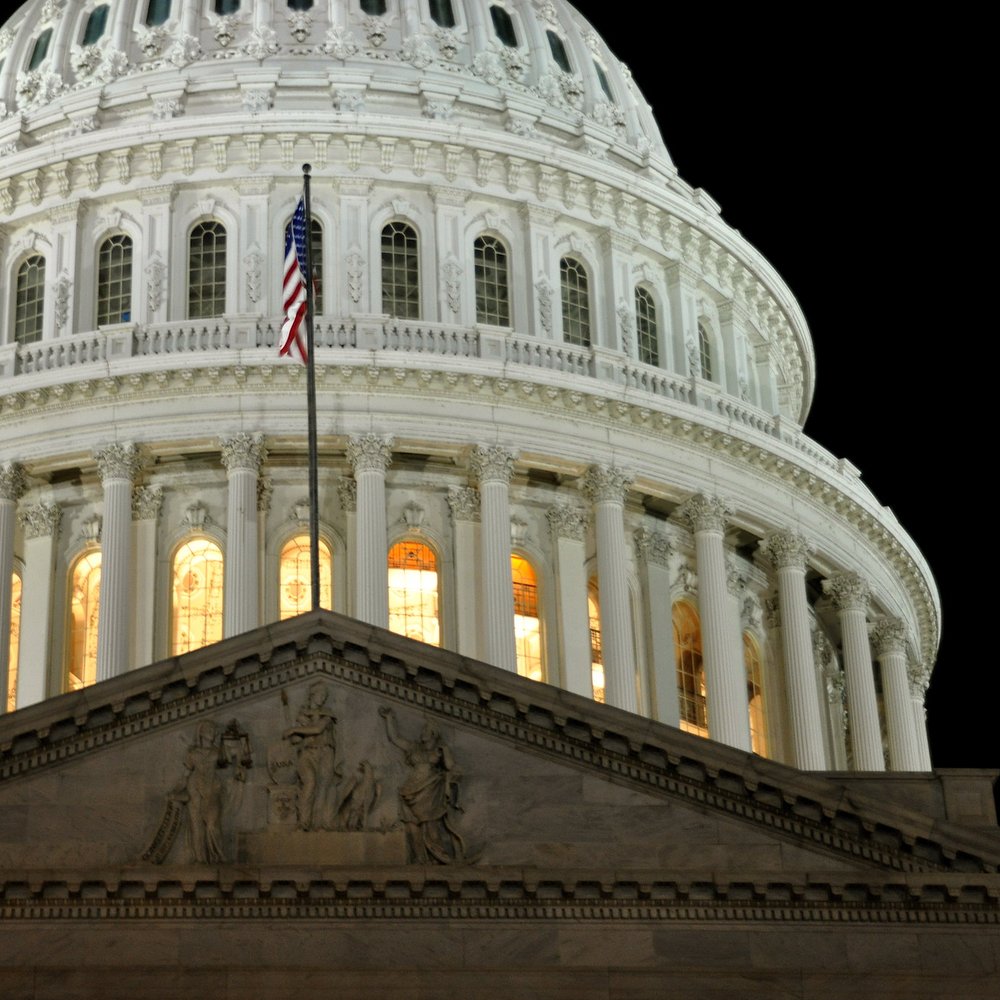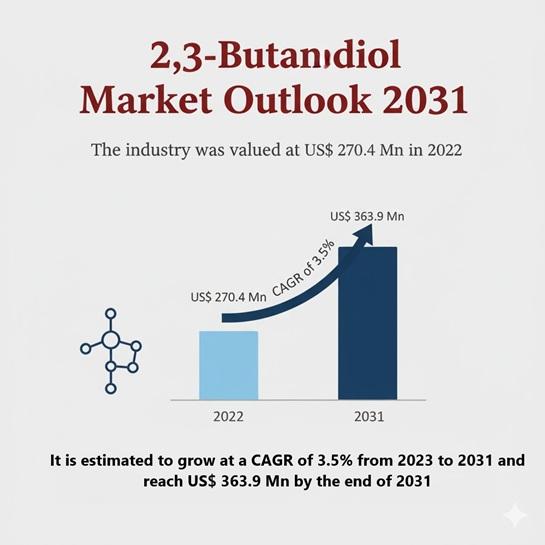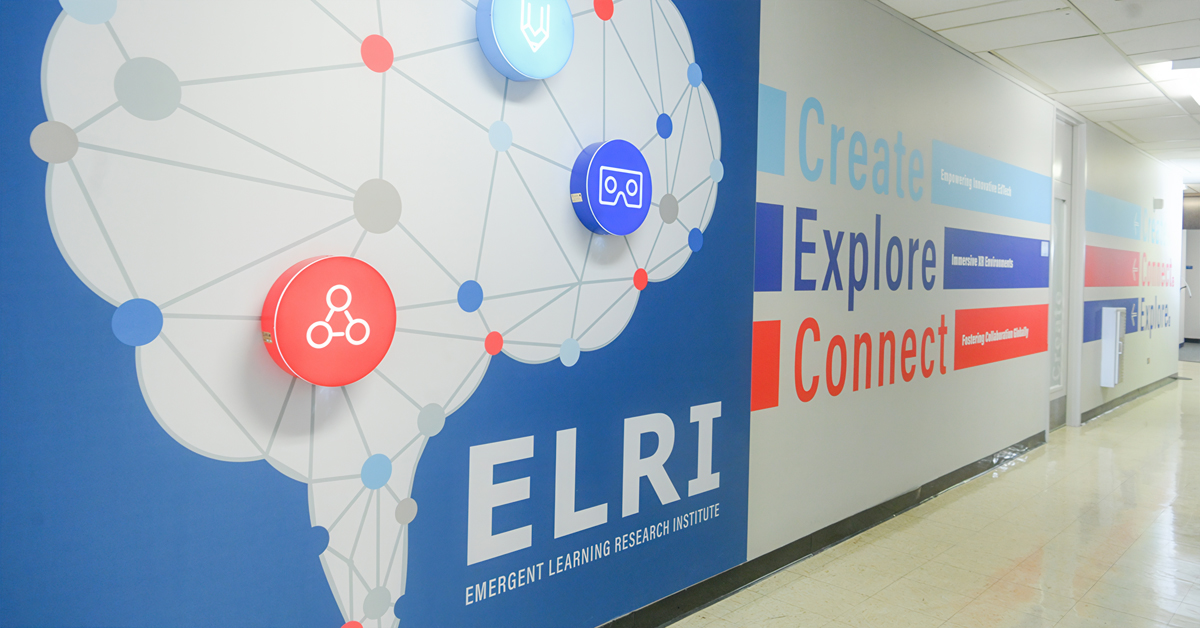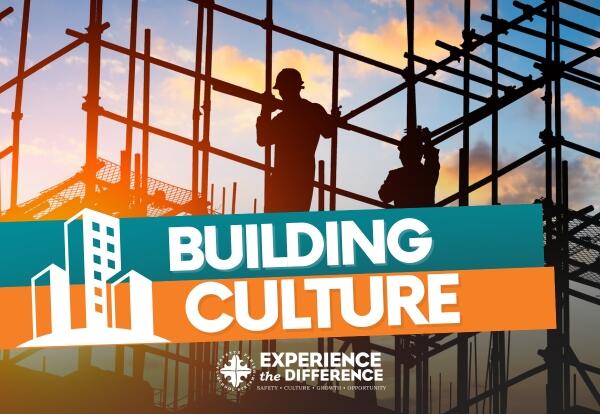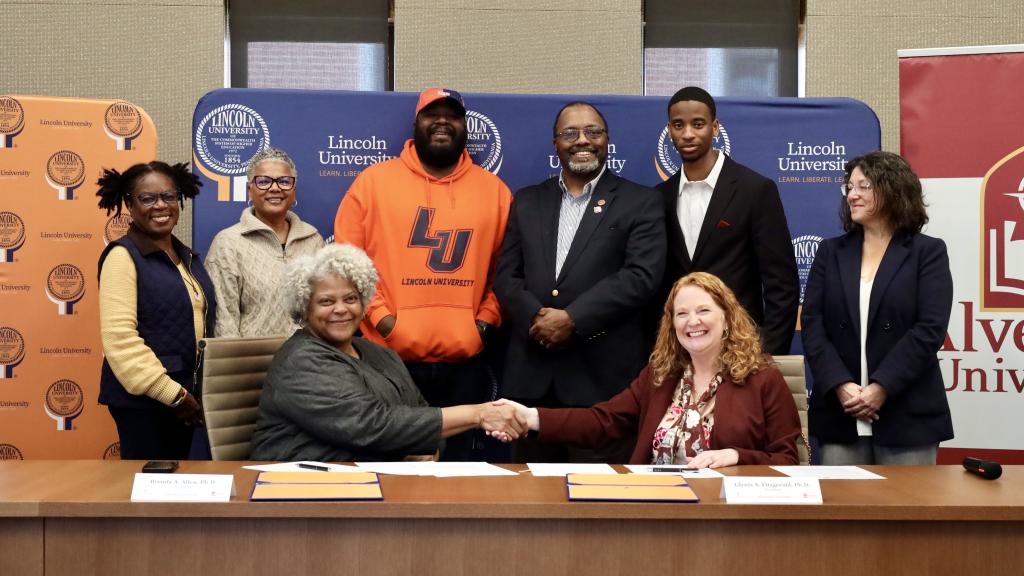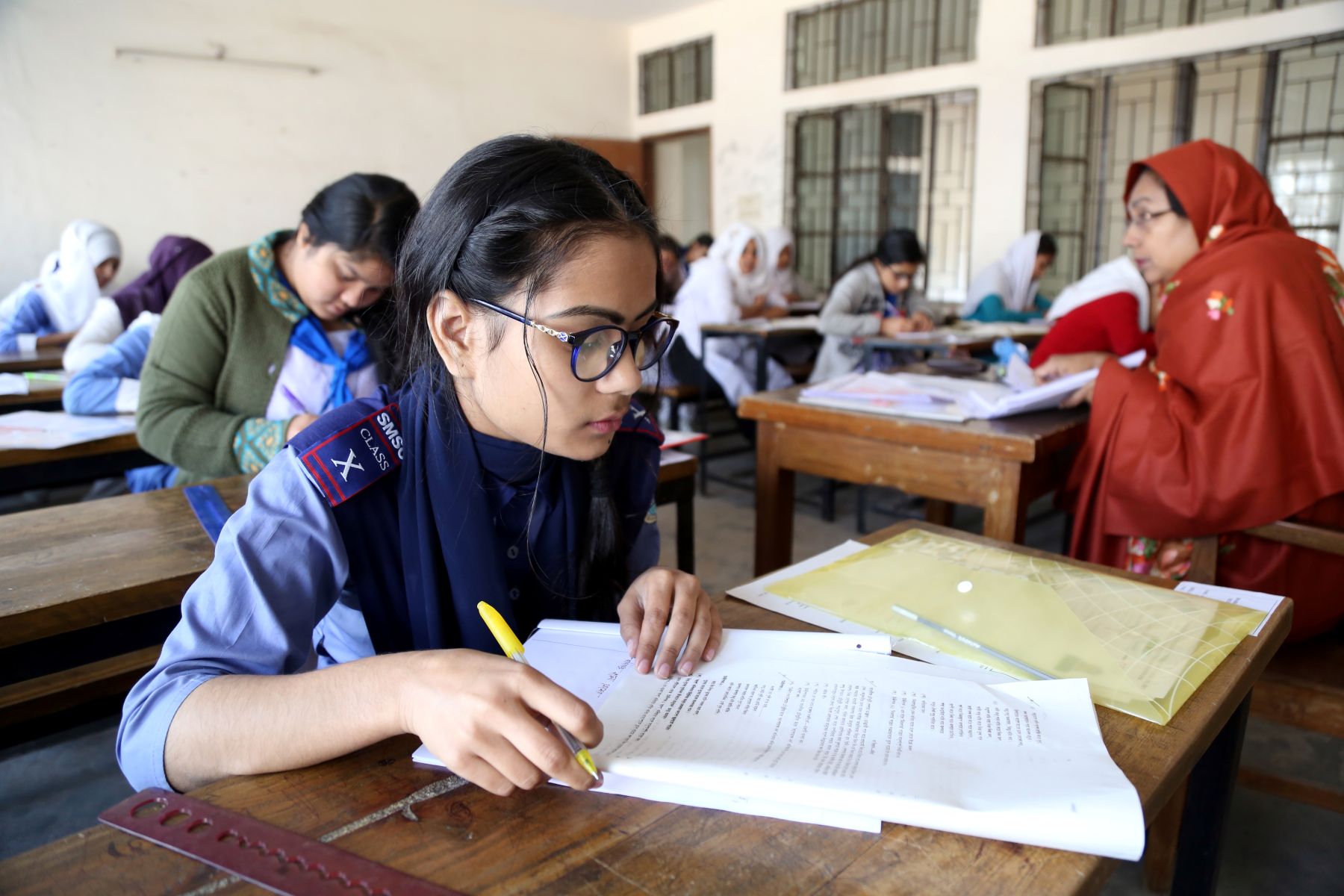Anonymous Donor Honors Parents with Literacy Gift – University of Mississippi | Ole Miss

Report on a $1 Million Endowment for Literacy and Sustainable Development
Executive Summary
The University of Mississippi’s Center for Excellence in Literacy Instruction (CELI) has received a $1 million anonymous donation to establish an endowment. This funding is designated to advance children’s literacy throughout Mississippi. The initiative directly supports several United Nations Sustainable Development Goals (SDGs), primarily focusing on ensuring quality education, reducing inequalities, and fostering partnerships to achieve these goals. The endowment will bolster CELI’s capacity to work with families, educators, and communities to improve foundational language and literacy skills, thereby contributing to long-term social and economic development in the state.
Alignment with Sustainable Development Goals (SDGs)
The strategic application of this endowment demonstrates a strong commitment to the 2030 Agenda for Sustainable Development. The project’s objectives are aligned with the following key SDGs:
- SDG 4: Quality Education: The core mission of the endowment is to ensure inclusive and equitable quality education and promote lifelong learning opportunities for all. By focusing on grade-level reading proficiency by the end of third grade, the initiative directly addresses Target 4.6, which aims to ensure that all youth and a substantial proportion of adults achieve literacy and numeracy.
- SDG 10: Reduced Inequalities: By providing targeted literacy programs and support systems, the initiative aims to reduce educational disparities within and among communities in Mississippi. It ensures that all children, regardless of their background, have access to the foundational skills necessary for future success, directly contributing to Target 10.2.
- SDG 1: No Poverty: Foundational literacy is a critical tool for economic empowerment. By equipping children with essential reading skills, the program provides a pathway out of poverty, enhancing their future prospects for obtaining decent work and improving their economic well-being.
- SDG 17: Partnerships for the Goals: The project’s model relies on strengthening the collaboration between the university, local communities, schools, and families. This multi-stakeholder approach exemplifies SDG 17, which encourages effective public, public-private, and civil society partnerships to achieve sustainable development.
Allocation of Funds and Strategic Initiatives
The endowment will be managed by the Center for Excellence in Literacy Instruction to fund and expand several key initiatives aimed at achieving its SDG-aligned objectives. The allocation strategy includes:
- Expansion of the Mississippi Campaign for Grade-Level Reading: Resources will be used to increase the number of participating communities in this statewide campaign, mobilizing community support to remove barriers to early literacy.
- Sustainment of Family Engagement Programs: The funds will ensure the continuation and stability of family engagement and support efforts, such as Parent Academy, which are critical for creating a supportive home learning environment.
- Logistical and Operational Support: A portion of the funds will be used to purchase a transport van. This asset will enhance operational capacity, enabling University of Mississippi students to provide direct literacy support to children in pre-kindergarten through fifth grade in communities beyond the immediate university area.
- Strengthening Existing CELI Programs: The endowment will provide a stable funding source for CELI’s portfolio of programs, including Mission Acceleration, Mississippi Jumpstart, and Mind in the Making, ensuring their long-term impact on children’s literacy development.
Projected Impacts on Sustainable Development
The long-term impacts of this endowment are expected to extend beyond immediate educational metrics and contribute significantly to the sustainable development of the region.
- Improved Educational Outcomes: A primary outcome will be an increase in the percentage of children reading at grade level, setting a foundation for academic and lifelong success (SDG 4).
- Enhanced Human Capital: A more literate population contributes to a more skilled and capable workforce, fostering economic growth and resilience for the state of Mississippi (SDG 8: Decent Work and Economic Growth).
- Strengthened Community Capacity: The focus on community engagement and partnerships will build local capacity to support children’s development, creating more resilient and equitable communities (SDG 10, SDG 17).
Analysis of SDGs, Targets, and Indicators
1. Which SDGs are addressed or connected to the issues highlighted in the article?
The article primarily addresses issues related to quality education, but also touches upon reducing inequalities and fostering partnerships for sustainable development. The following SDGs are relevant:
- SDG 4: Quality Education: This is the central theme of the article. The entire initiative, funded by a $1 million donation, is dedicated to advancing children’s literacy through the Center for Excellence in Literacy Instruction (CELI). The article explicitly mentions the goal of improving reading skills for children from pre-kindergarten through fifth grade to set them “on a path to academic and lifelong success.”
- SDG 10: Reduced Inequalities: The initiative aims to provide all children in Mississippi with the foundational skill of literacy, which is crucial for future opportunities. By focusing on removing barriers and ensuring children can read at grade level, the program works to reduce educational and, consequently, social and economic inequalities. The article notes that “engaged communities mobilize to remove barriers” to children’s success.
- SDG 17: Partnerships for the Goals: The project is a clear example of a multi-stakeholder partnership. It involves a private anonymous donor, a public institution (the University of Mississippi), a specialized academic center (CELI), and local communities. The article highlights how CELI “works with partners to build family, educator and community capacity,” demonstrating the collaborative approach central to SDG 17.
2. What specific targets under those SDGs can be identified based on the article’s content?
Based on the activities and goals described in the article, the following specific targets can be identified:
- Target 4.1: By 2030, ensure that all girls and boys complete free, equitable and quality primary and secondary education leading to relevant and effective learning outcomes.
- Explanation: The article directly supports this target by focusing on a key learning outcome: literacy. The “Mississippi Campaign for Grade-Level Reading” has a stated goal “to help ensure all children can read on grade level by the end of third grade,” which is a measure of quality primary education.
- Target 4.2: By 2030, ensure that all girls and boys have access to quality early childhood development, care and pre-primary education so that they are ready for primary education.
- Explanation: The initiative supports programs like “Mississippi Jumpstart” and “Mind in the Making” and plans to work with “pre-kindergarten through fifth-grade students.” This focus on early years is designed to nurture “children’s language, literacy and executive functioning skills” to prepare them for primary school and beyond.
- Target 4.6: By 2030, ensure that all youth and a substantial proportion of adults, both men and women, achieve literacy and numeracy.
- Explanation: The core mission of the donation is to “advance children’s literacy.” The donor’s hope is that the gift “helps plant a long-lasting enthusiasm for how literacy’s skills can sustain them for whatever they wrestle with in a constantly changing world,” directly aligning with the goal of achieving widespread literacy.
- Target 17.17: Encourage and promote effective public, public-private and civil society partnerships, building on the experience and resourcing strategies of partnerships.
- Explanation: The article describes a partnership model where a private donation ($1 million) is given to a public university to support its work with local communities and families. This collaboration between a private donor, a public entity, and civil society (communities) is a perfect example of the partnership model promoted by this target.
3. Are there any indicators mentioned or implied in the article that can be used to measure progress towards the identified targets?
Yes, the article mentions and implies several indicators that can be used to measure progress:
- Proportion of children reading at grade level: The article explicitly states a key performance indicator for Target 4.1: “to help ensure all children can read on grade level by the end of third grade.” This is a direct measure of proficiency in reading.
- Number of communities engaged: As an indicator of the program’s reach and success, the article mentions that funds will “increase the number of Mississippi Campaign for Grade-Level Reading communities.” This measures the expansion of the initiative.
- Number of children and families served: The article implies that a measure of success will be the number of beneficiaries. It states the gift will “ensure that more children and their families have access to programs that grow and strengthen children’s literacy development.”
- Amount of financial resources mobilized: For Target 17.17, the article provides a clear indicator: the “$1 million gift” from the anonymous donor. This amount is a direct measure of private financial resources committed to the partnership.
4. Table of SDGs, Targets, and Indicators
| SDGs | Targets | Indicators |
|---|---|---|
| SDG 4: Quality Education | Target 4.1: Ensure all children complete quality primary education with effective learning outcomes. | Proportion of children who can “read on grade level by the end of third grade.” |
| SDG 4: Quality Education | Target 4.2: Ensure all children have access to quality early childhood development and pre-primary education. | Number of children and families accessing programs like “Mississippi Jumpstart” and “Mind in the Making.” |
| SDG 4: Quality Education | Target 4.6: Ensure all youth achieve literacy. | Number of children with improved language and literacy skills as a result of the Center’s programs. |
| SDG 17: Partnerships for the Goals | Target 17.17: Encourage effective public-private and civil society partnerships. | – Amount of financial resources mobilized from private sources ($1 million gift). – Number of “Mississippi Campaign for Grade-Level Reading communities” established or increased. |
Source: olemiss.edu

What is Your Reaction?
 Like
0
Like
0
 Dislike
0
Dislike
0
 Love
0
Love
0
 Funny
0
Funny
0
 Angry
0
Angry
0
 Sad
0
Sad
0
 Wow
0
Wow
0









